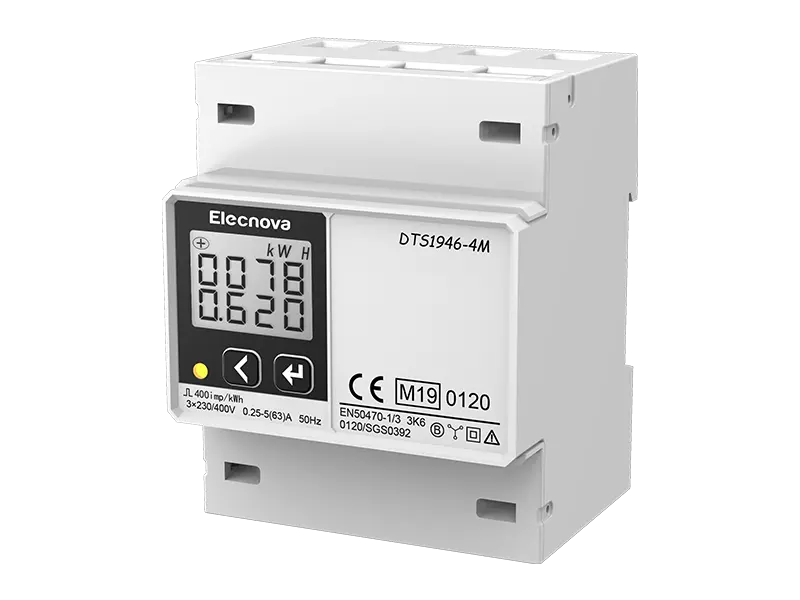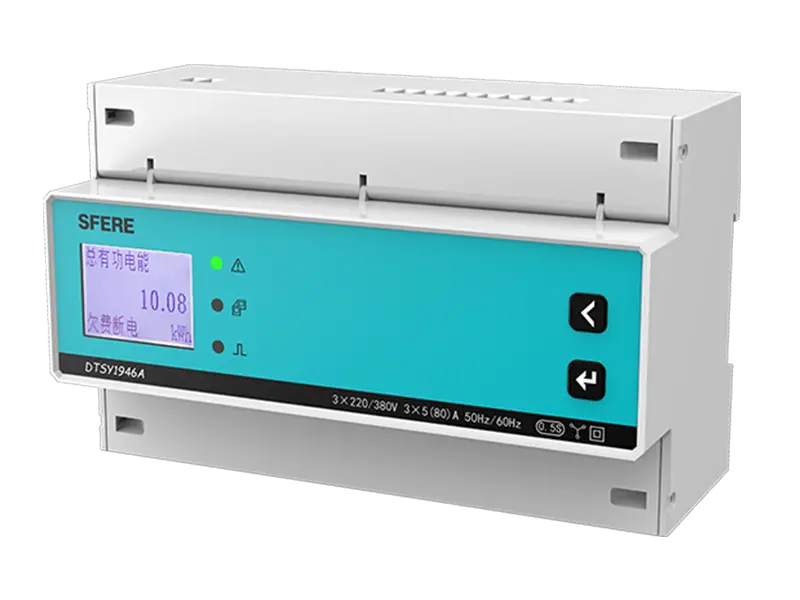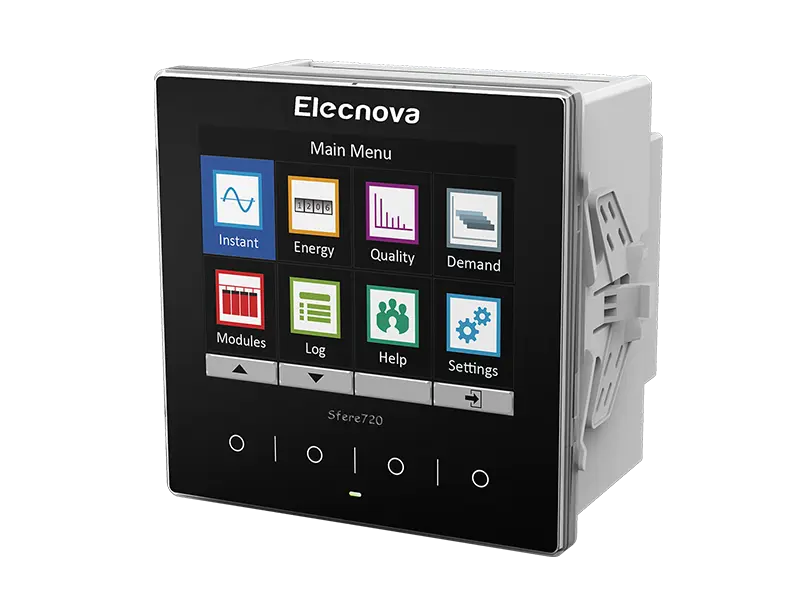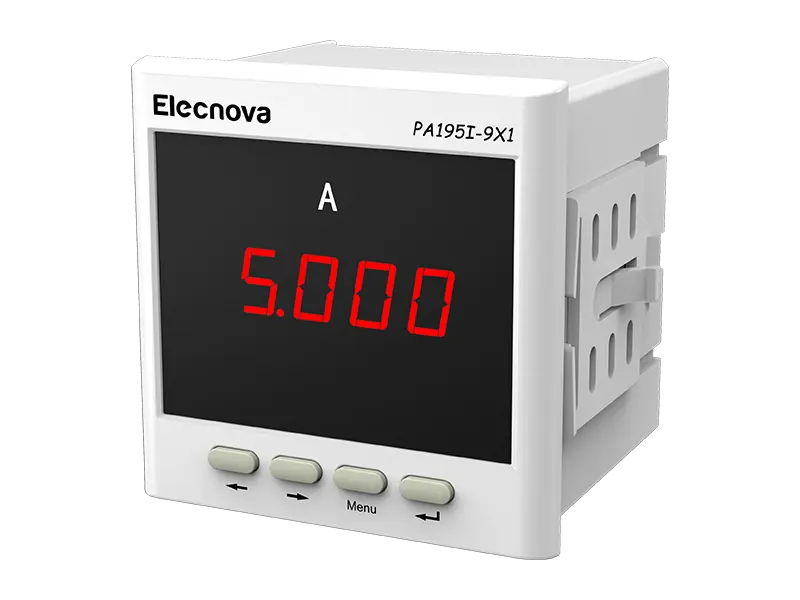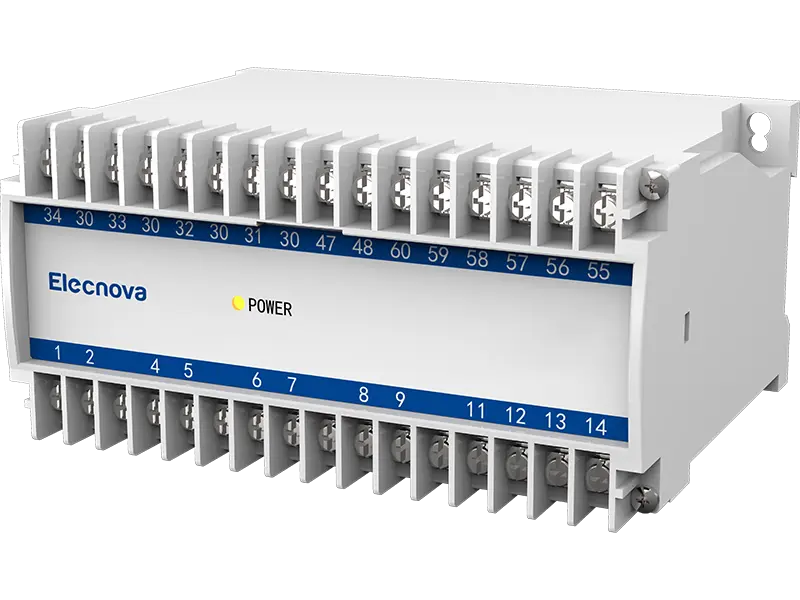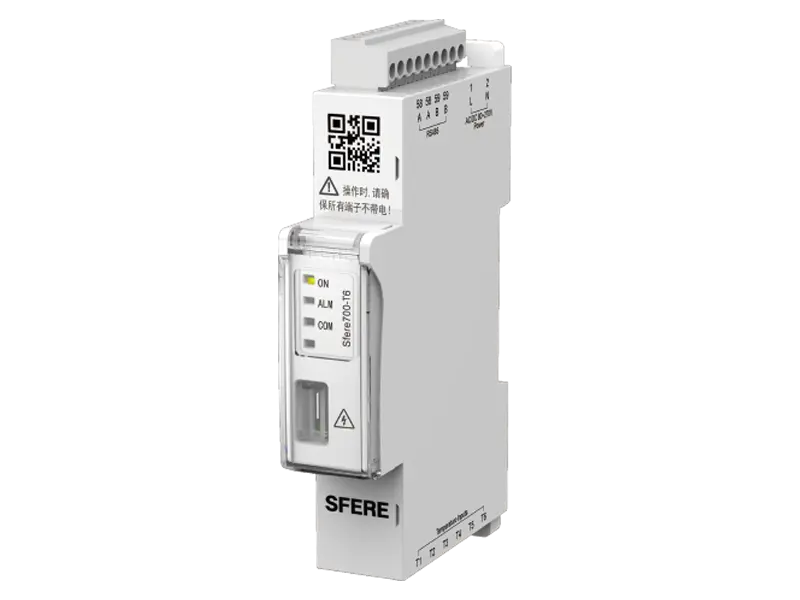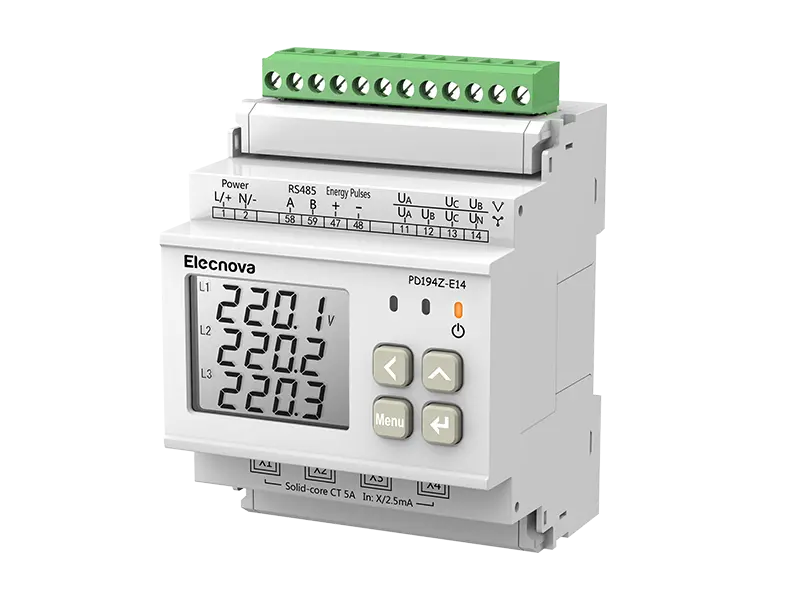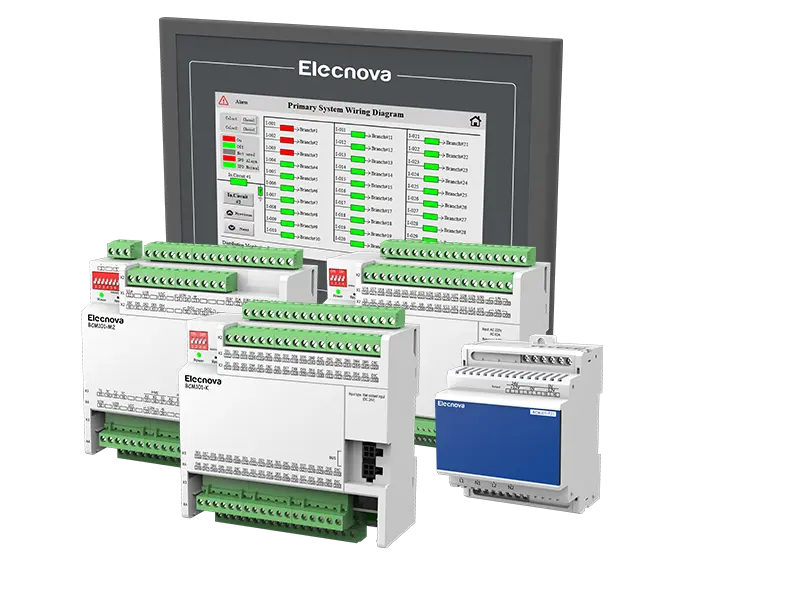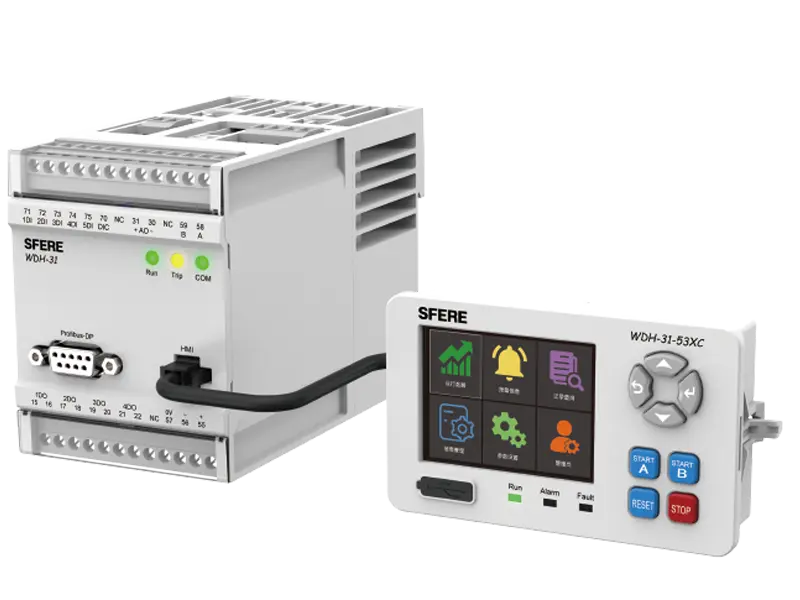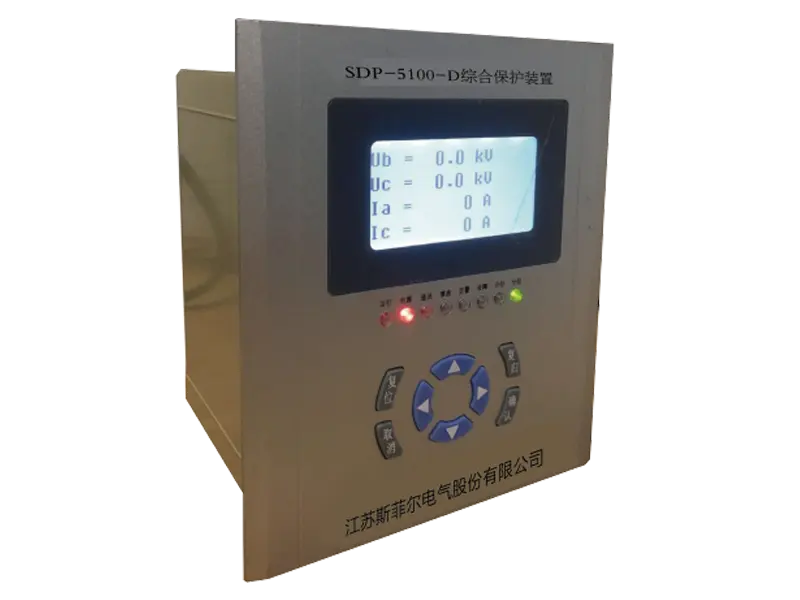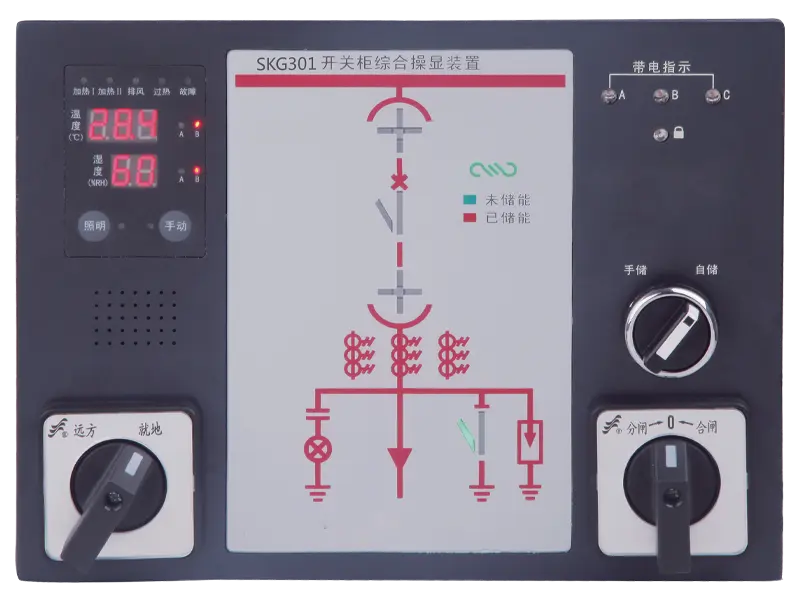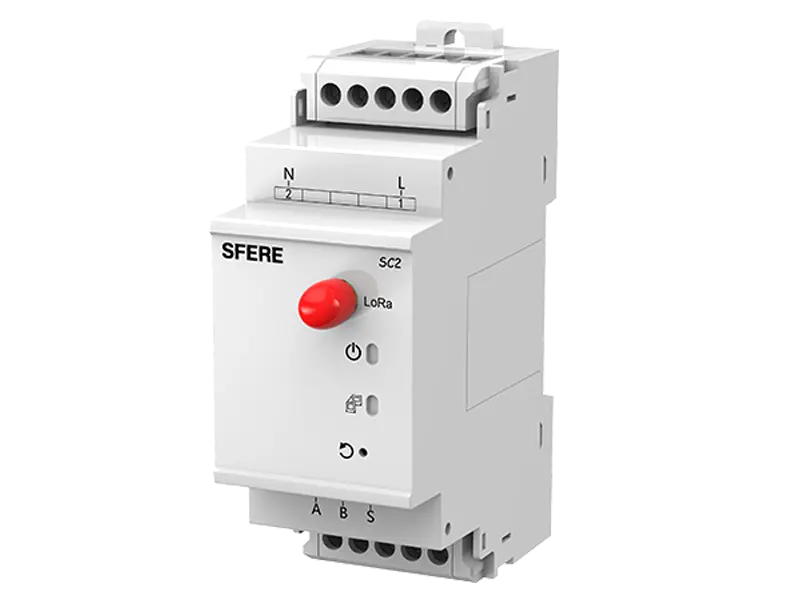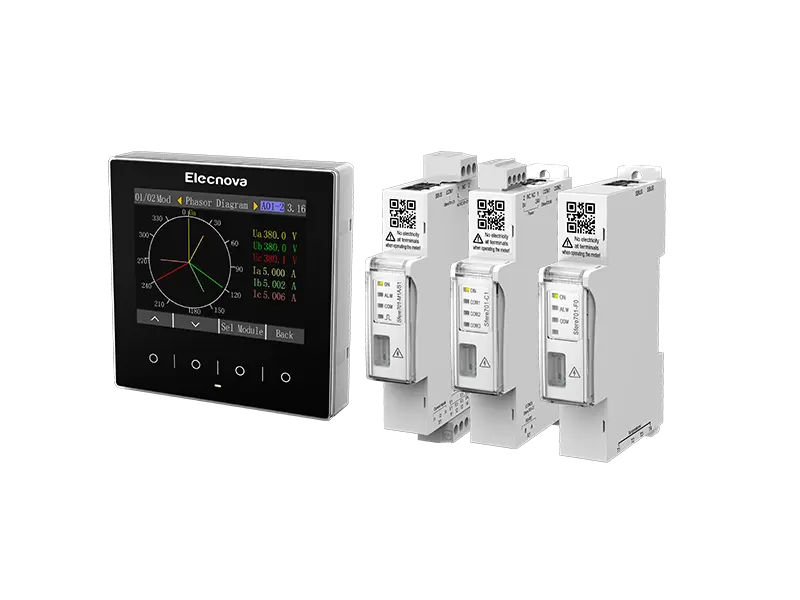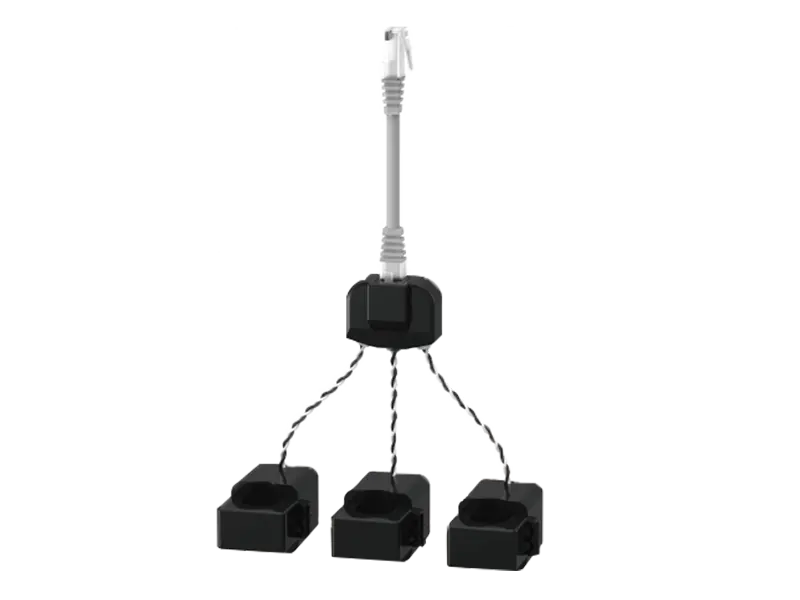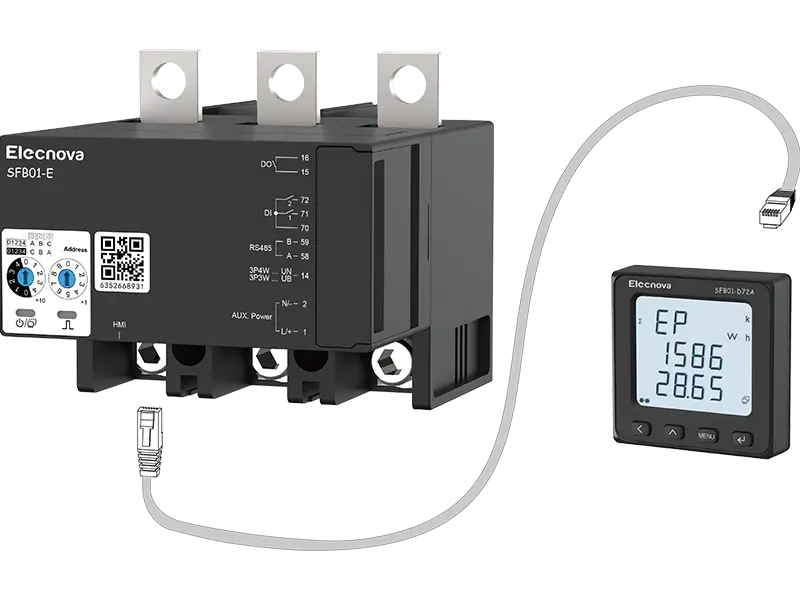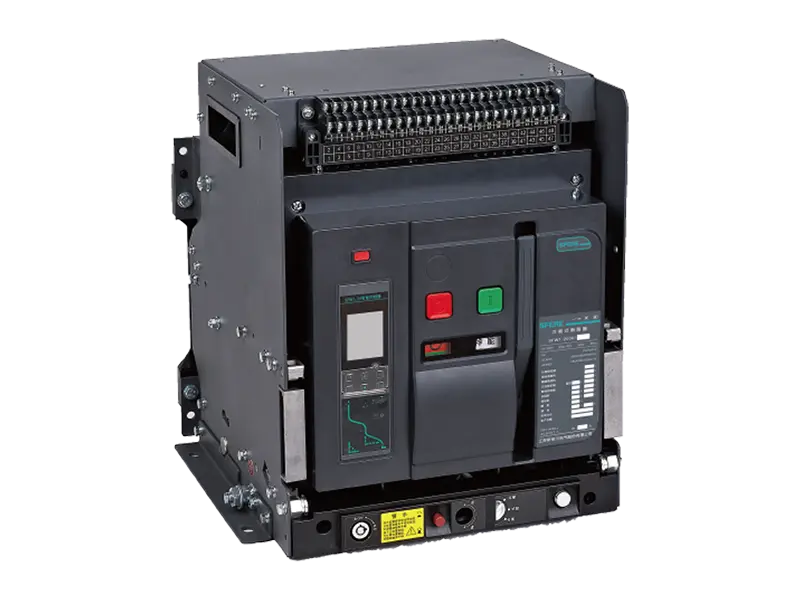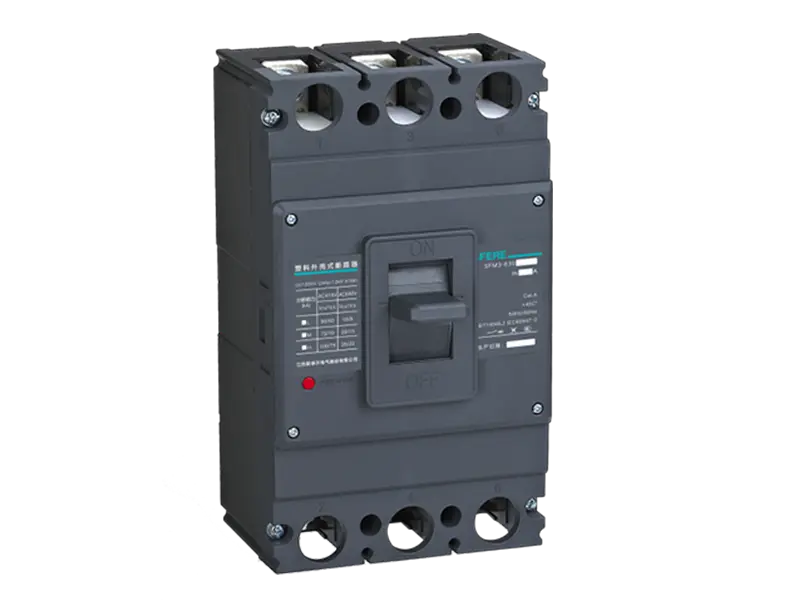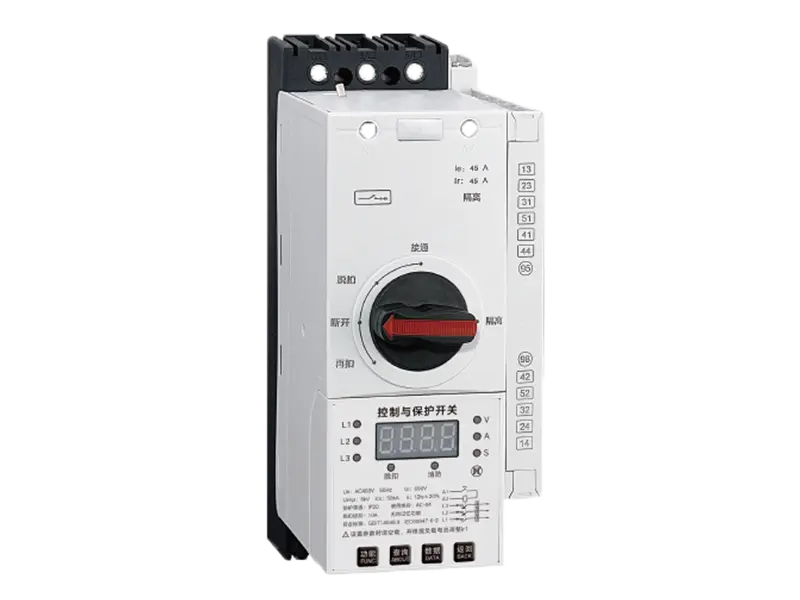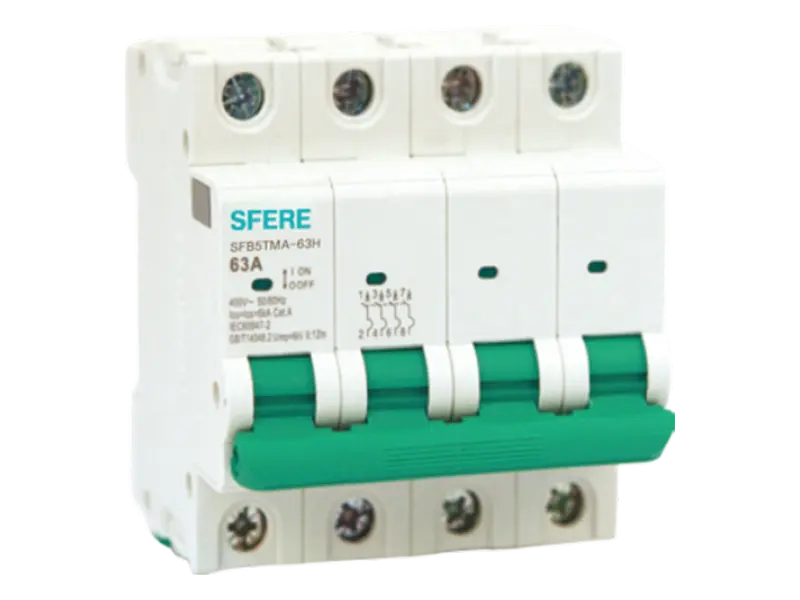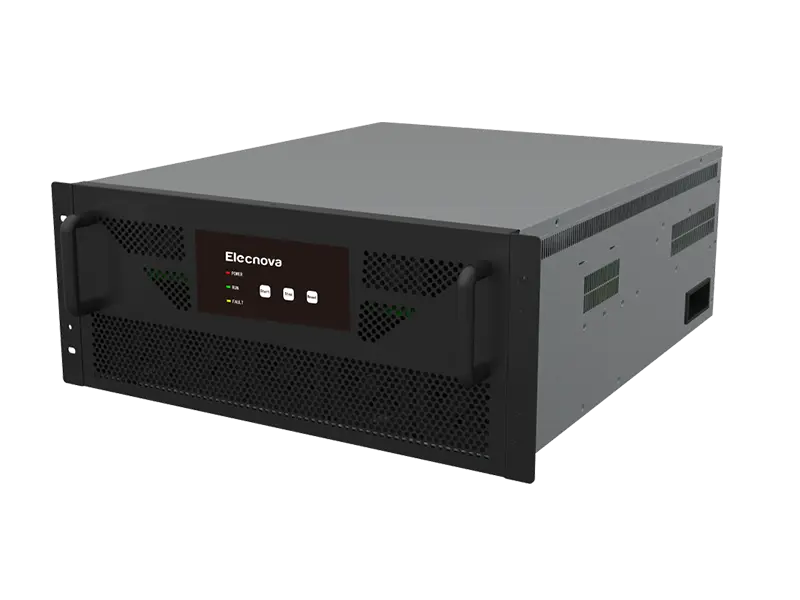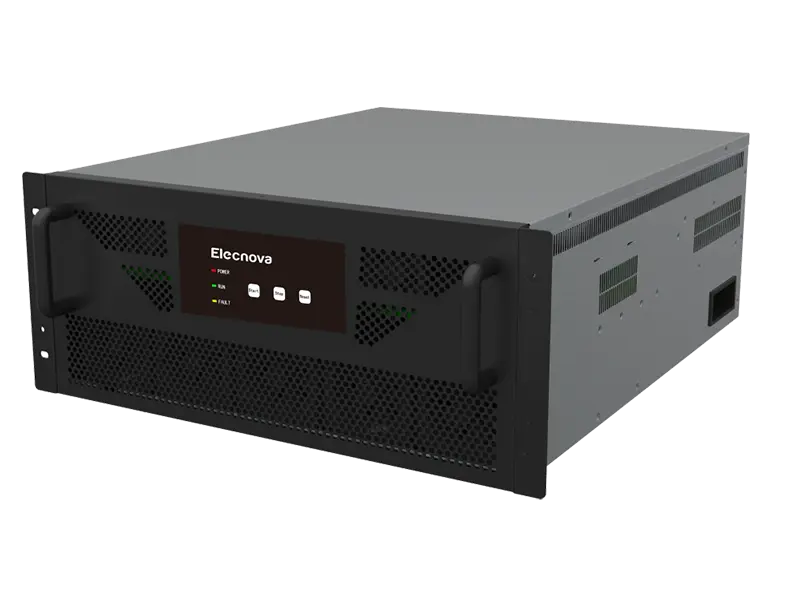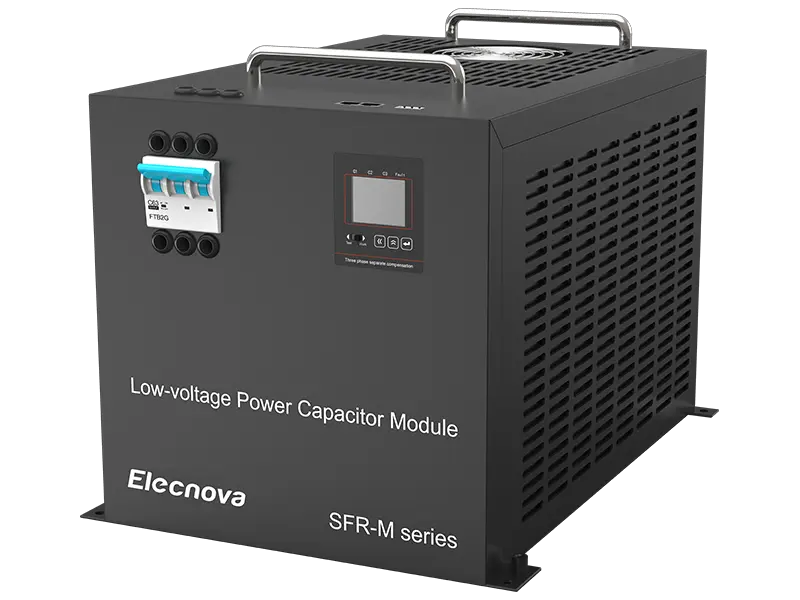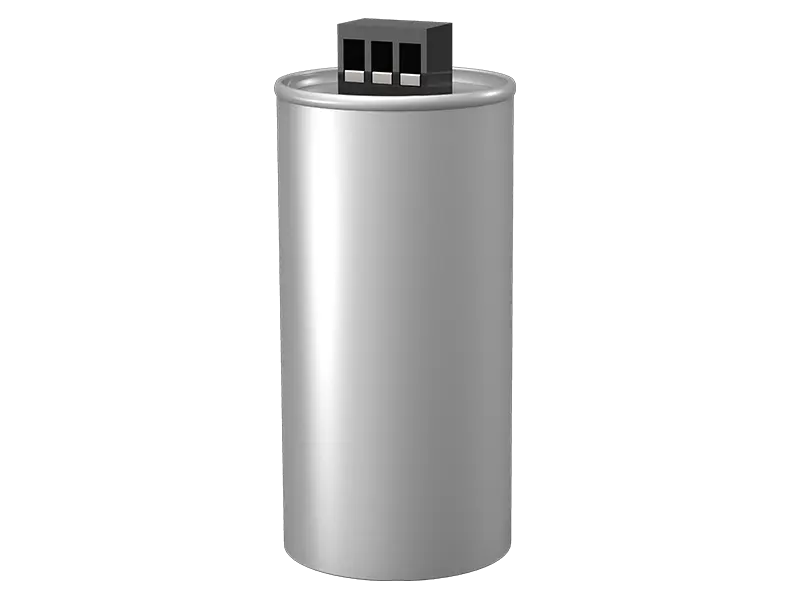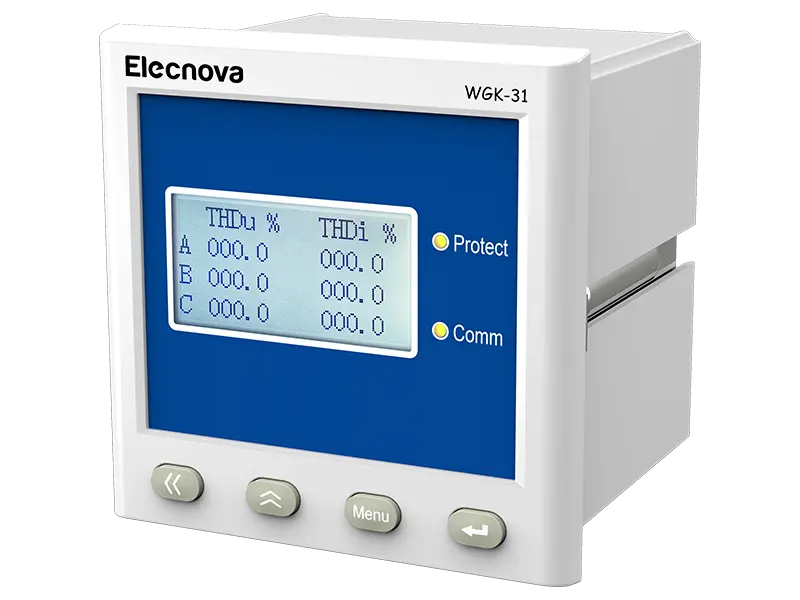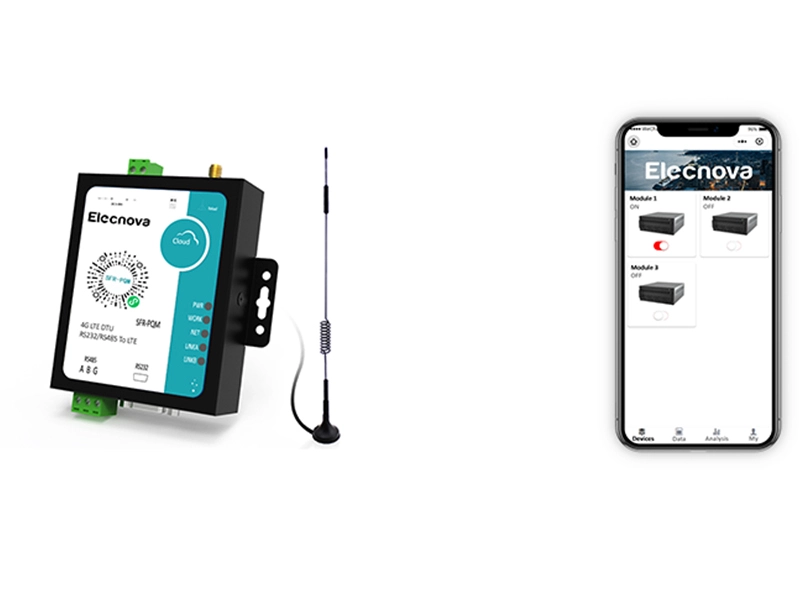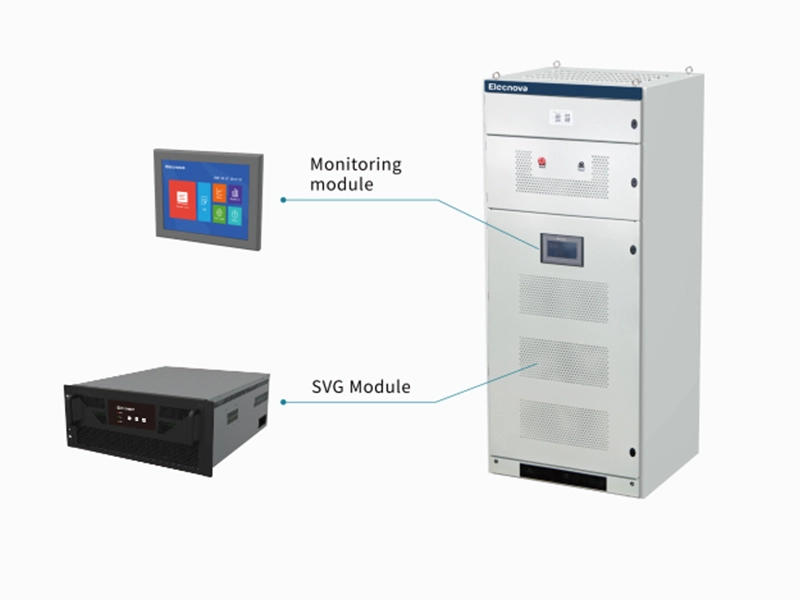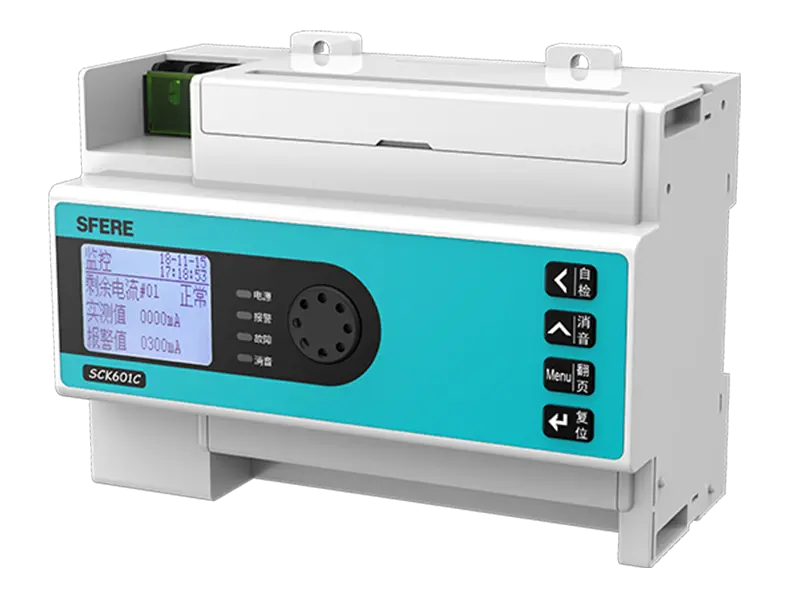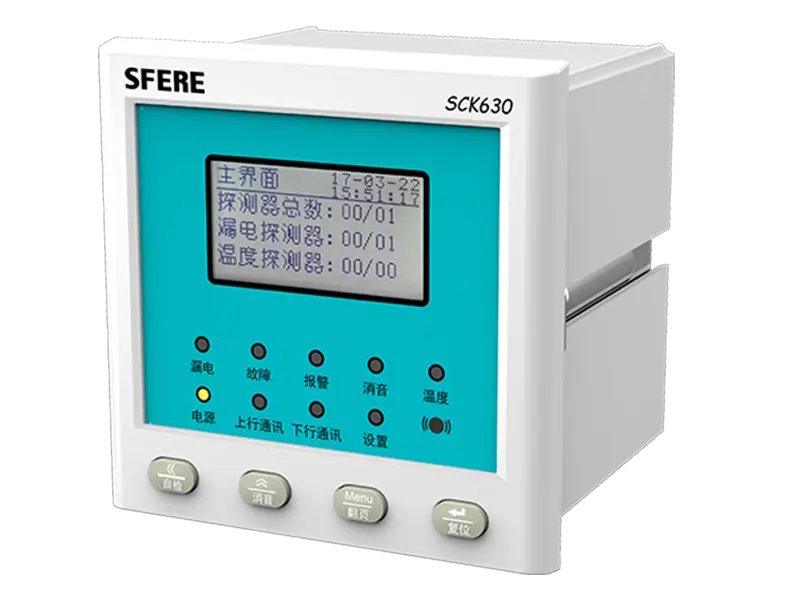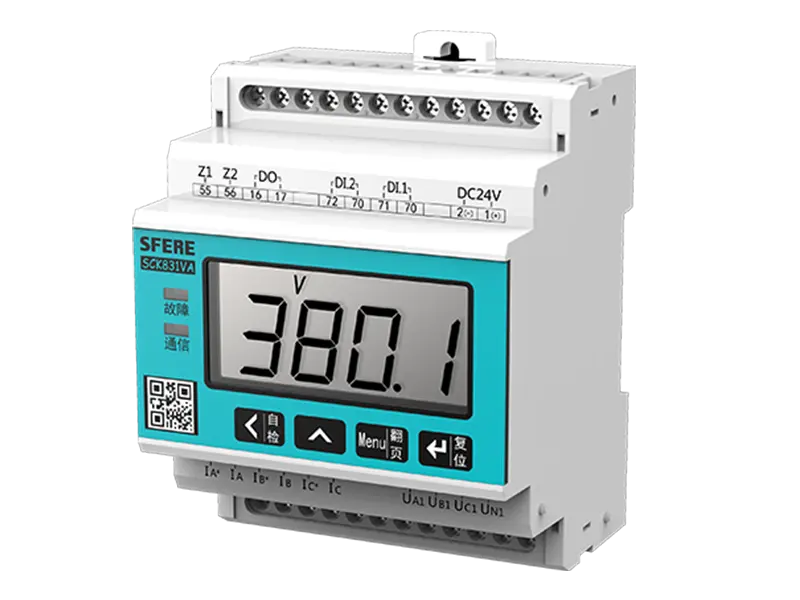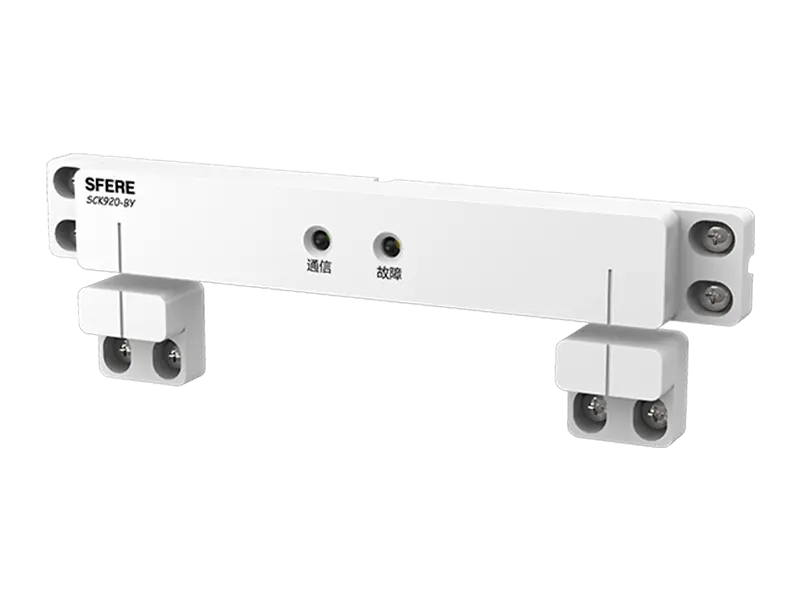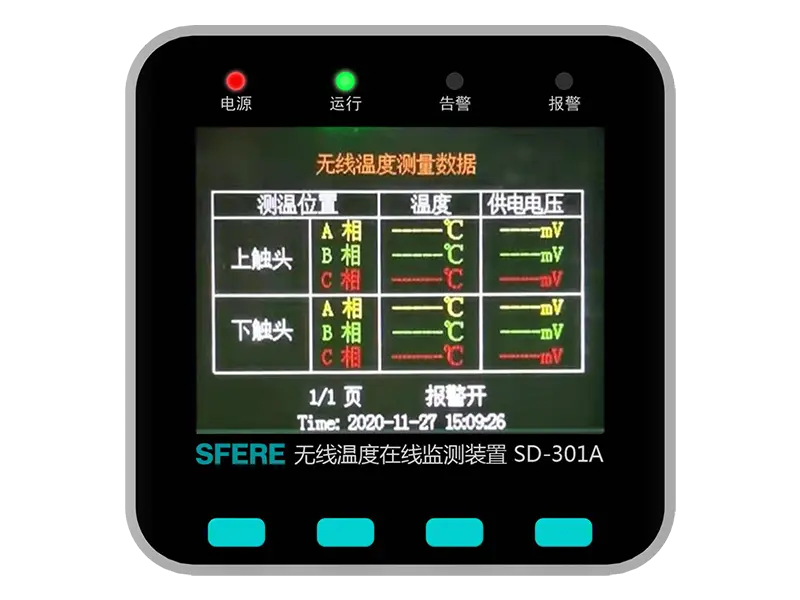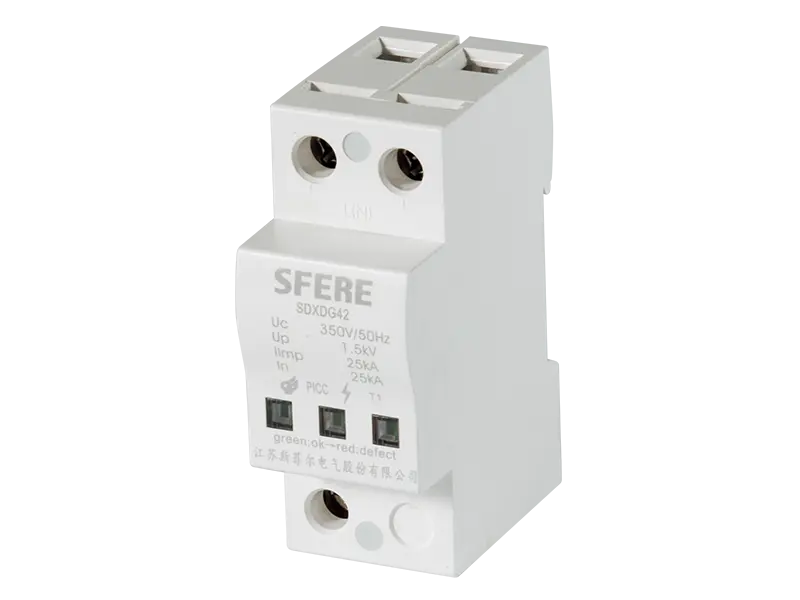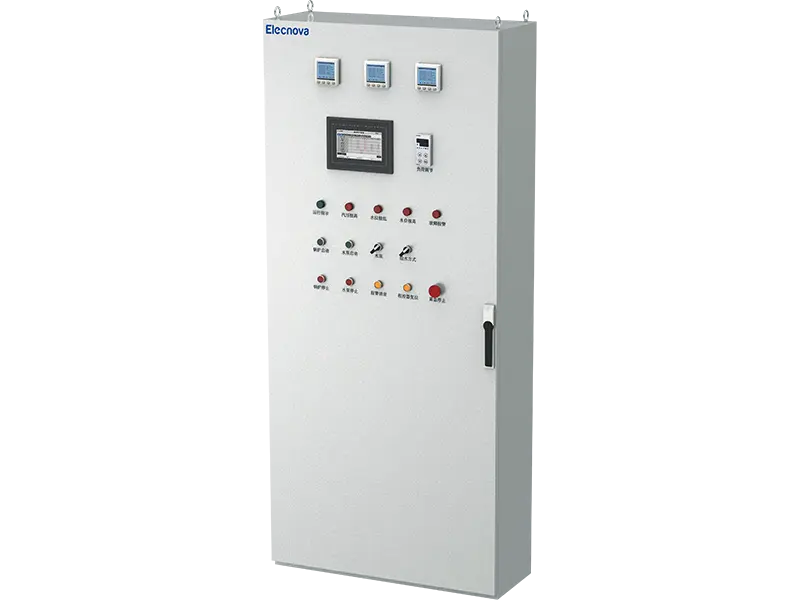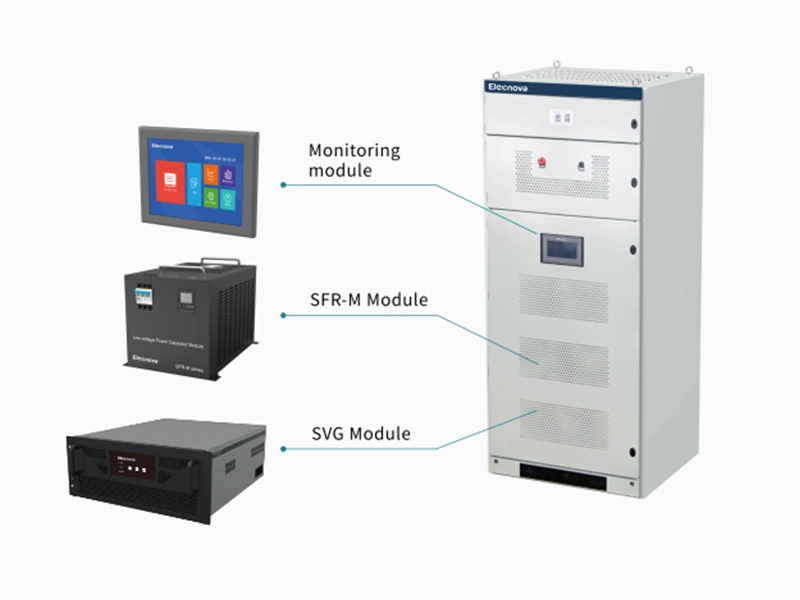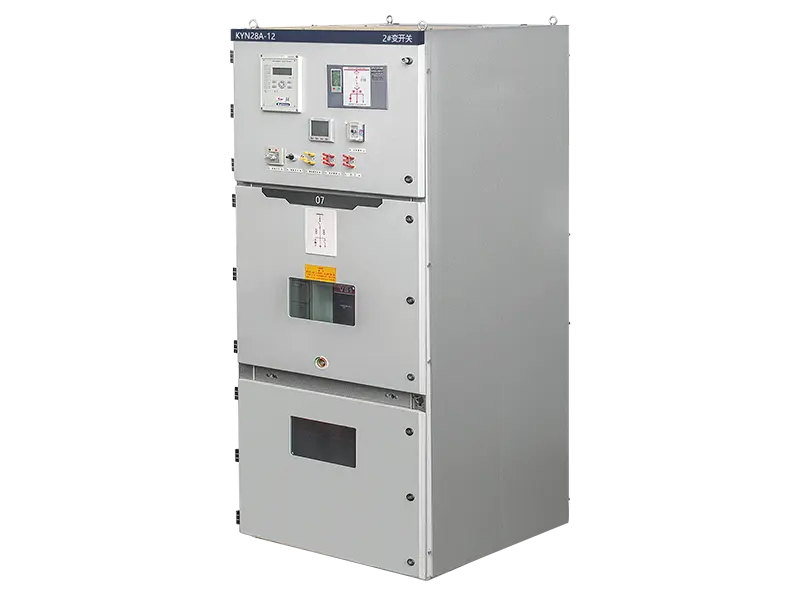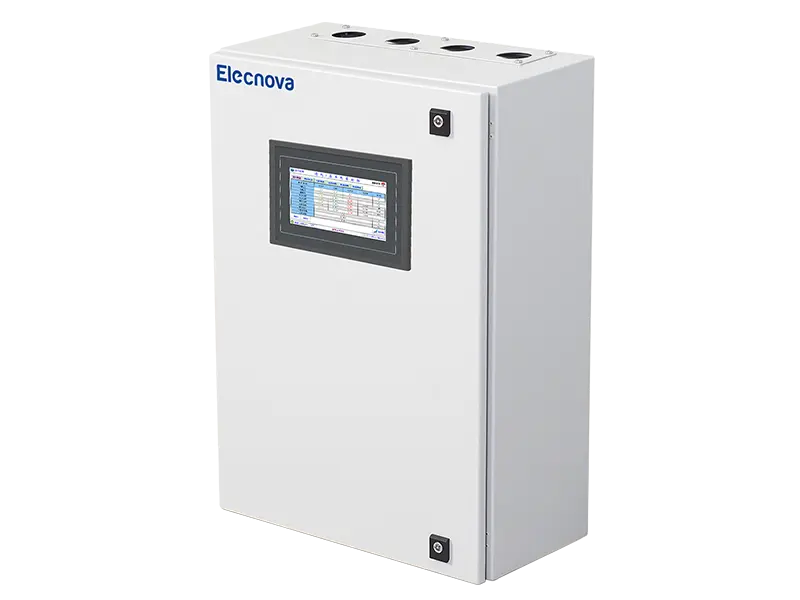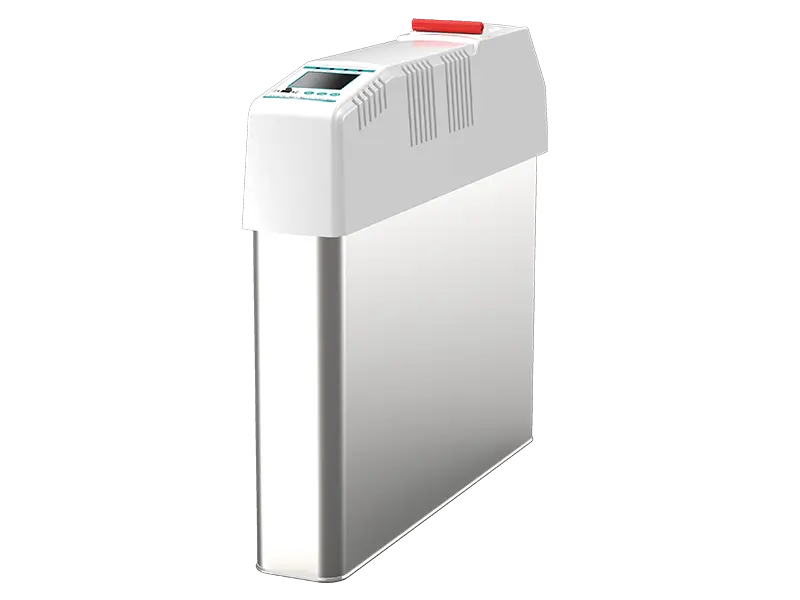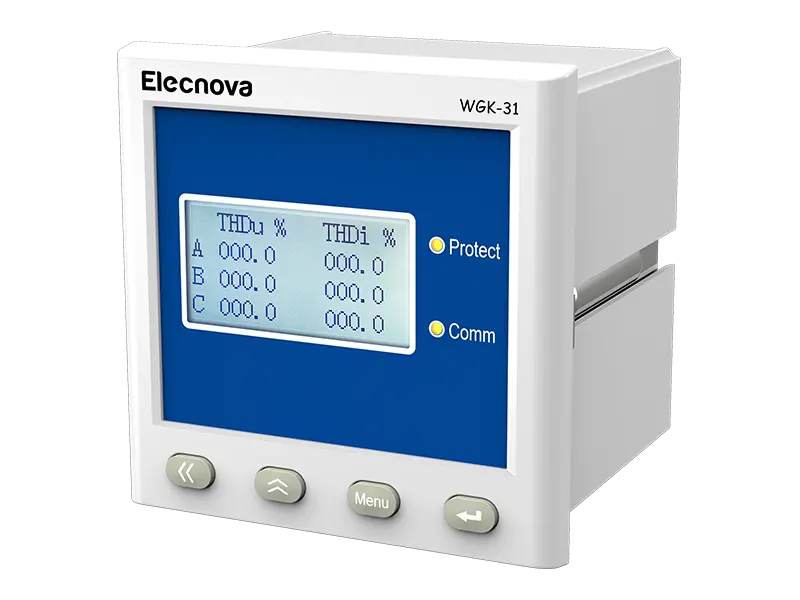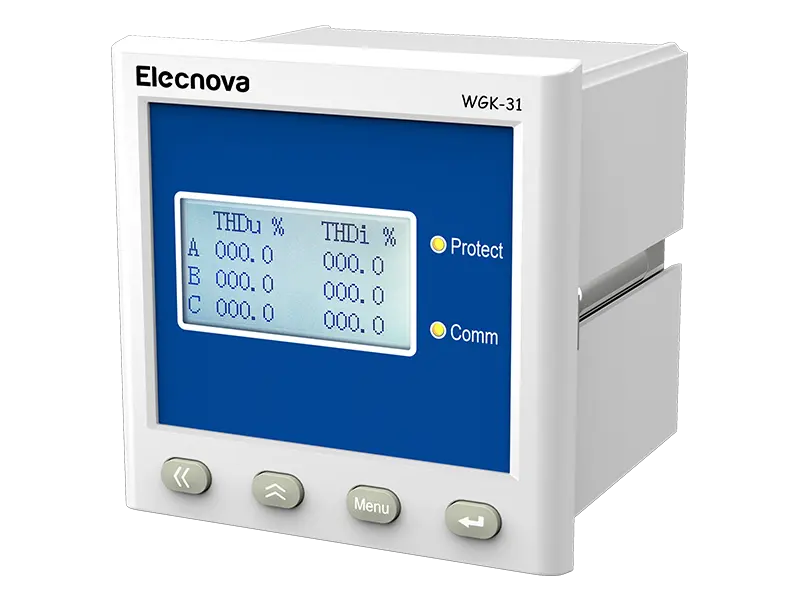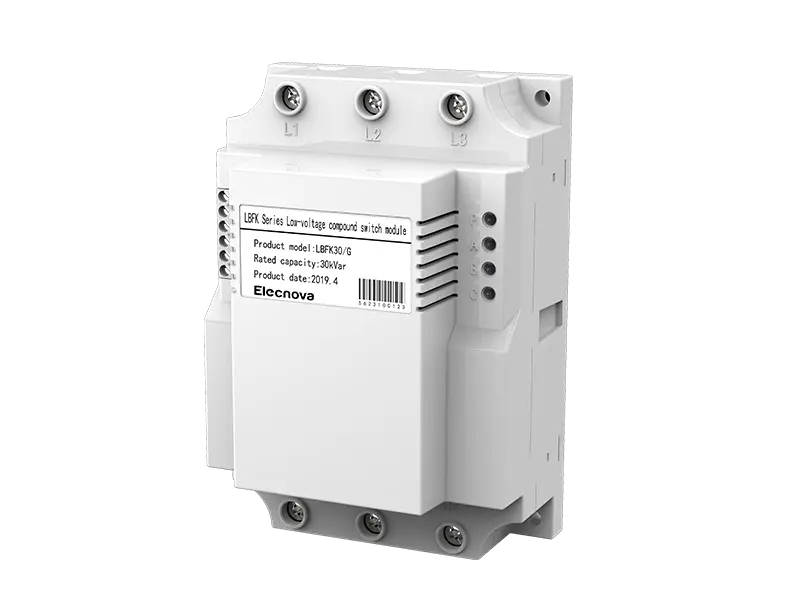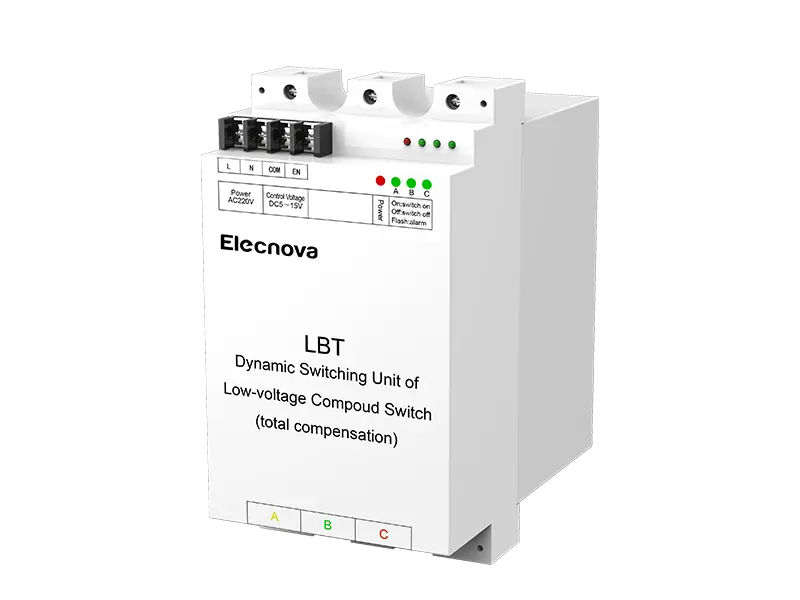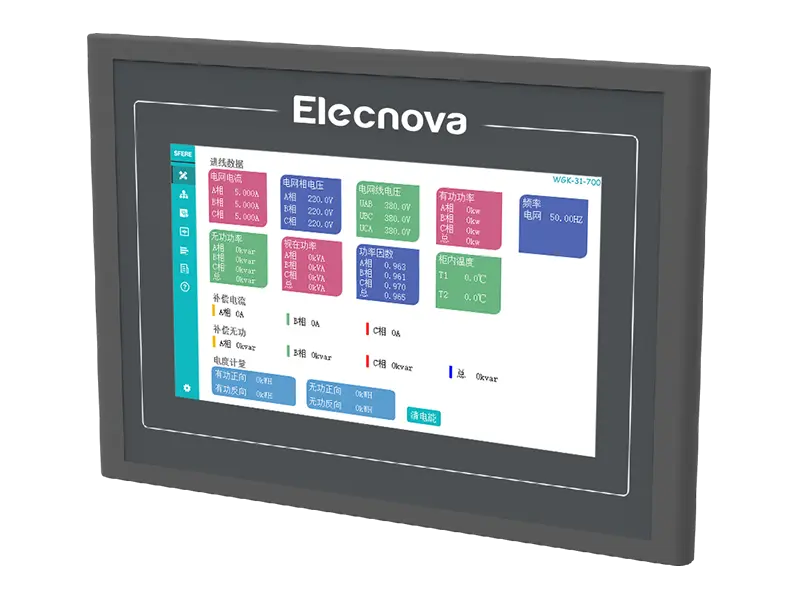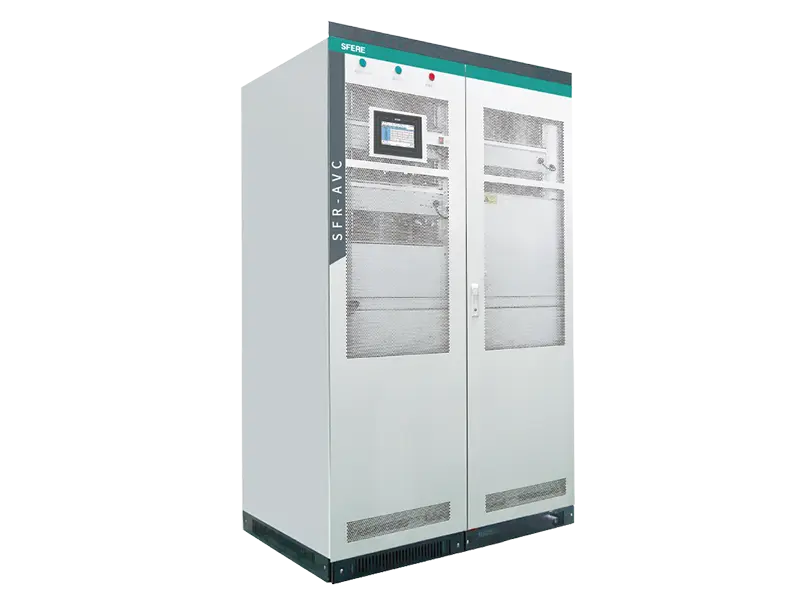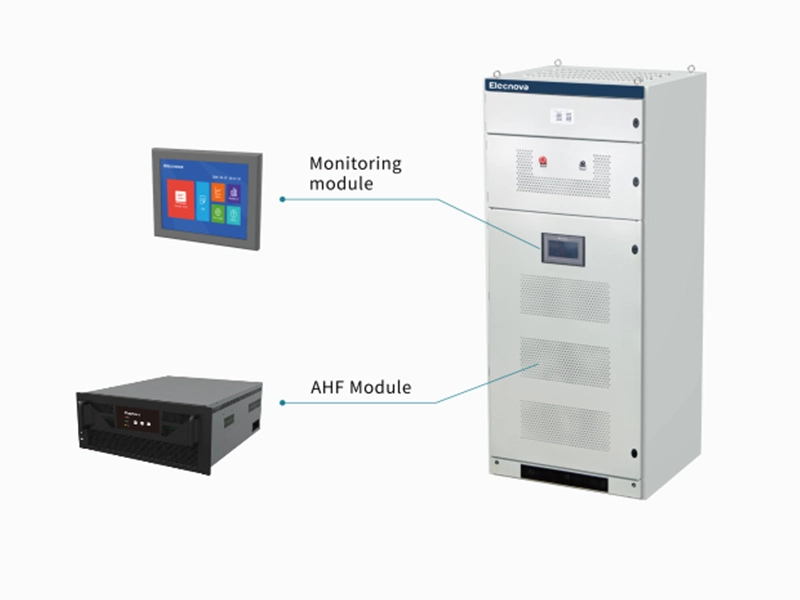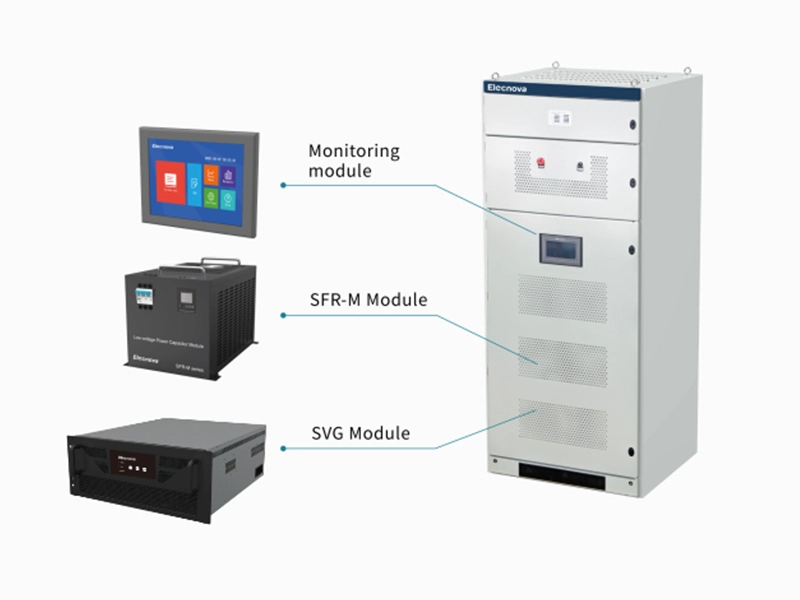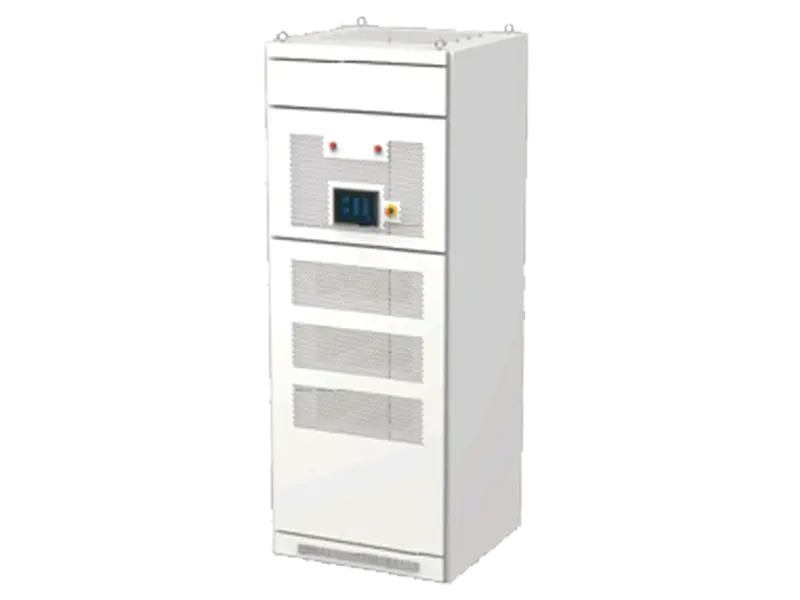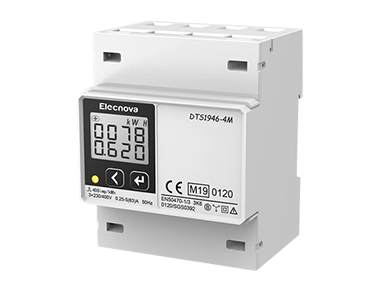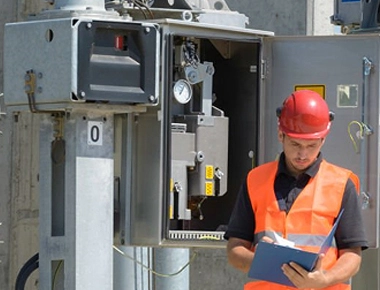Power quality improvement is crucial in electrical system applications to ensure the reliable and efficient operation of equipment and devices. Here are some key points to describe power quality improvement in electrical systems:
Voltage Regulation: Maintaining stable voltage levels is essential for the proper functioning of electrical equipment. Voltage fluctuations can lead to equipment damage, malfunctions, and reduced efficiency. Voltage regulation techniques such as using voltage stabilizers or voltage regulators help keep the voltage within acceptable limits.
Harmonic Mitigation: Harmonics are unwanted frequencies that can distort the shape of the voltage and current waveforms in an electrical system. Harmonic distortion can cause overheating, equipment malfunctions, and power losses. Employing harmonic filters, active power filters, or harmonic mitigation techniques can help reduce harmonic distortion and improve power quality.
Power Factor Correction: Power factor is a measure of how effectively electrical power is converted into useful work. Low power factor results in increased electricity costs, inefficiency, and voltage fluctuations. Implementing power factor correction techniques like capacitors or active power factor correction devices can improve power factor, reduce reactive power, and enhance overall system efficiency.
Voltage Sag and Swell Mitigation: Voltage sags and swells are temporary deviations from the normal voltage levels in an electrical system. These disturbances can disrupt equipment operation, cause downtime, and lead to equipment failure. Installing voltage sag and swell mitigation devices such as voltage regulators, uninterruptible power supplies (UPS), or dynamic voltage restorers (DVRs) can help protect equipment from these voltage variations.
Transient Voltage Surge Suppression: Transient voltage surges, also known as voltage spikes or transients, can occur due to lightning strikes, switching operations, or other external factors. These surges can damage sensitive equipment, electronics, and control systems. Utilizing surge protection devices like surge suppressors, surge arresters, or transient voltage surge suppressors (TVSS) can safeguard equipment from transient voltage spikes.
Grounding and Bonding: Proper grounding and bonding practices are essential for maintaining electrical safety, preventing electrical hazards, and improving power quality. Adequate grounding helps dissipate excess electrical charges, reduce electromagnetic interference, and ensure effective fault current paths. Implementing proper grounding and bonding techniques in electrical systems enhances safety and reliability.
In conclusion, power quality improvement in electrical system applications involves implementing various techniques and technologies to maintain stable voltage levels, mitigate harmonics, correct power factor, protect against voltage fluctuations, suppress transient surges, and ensure proper grounding and bonding. By addressing power quality issues, electrical systems can operate efficiently, prolong equipment lifespan, and enhance overall system performance.


